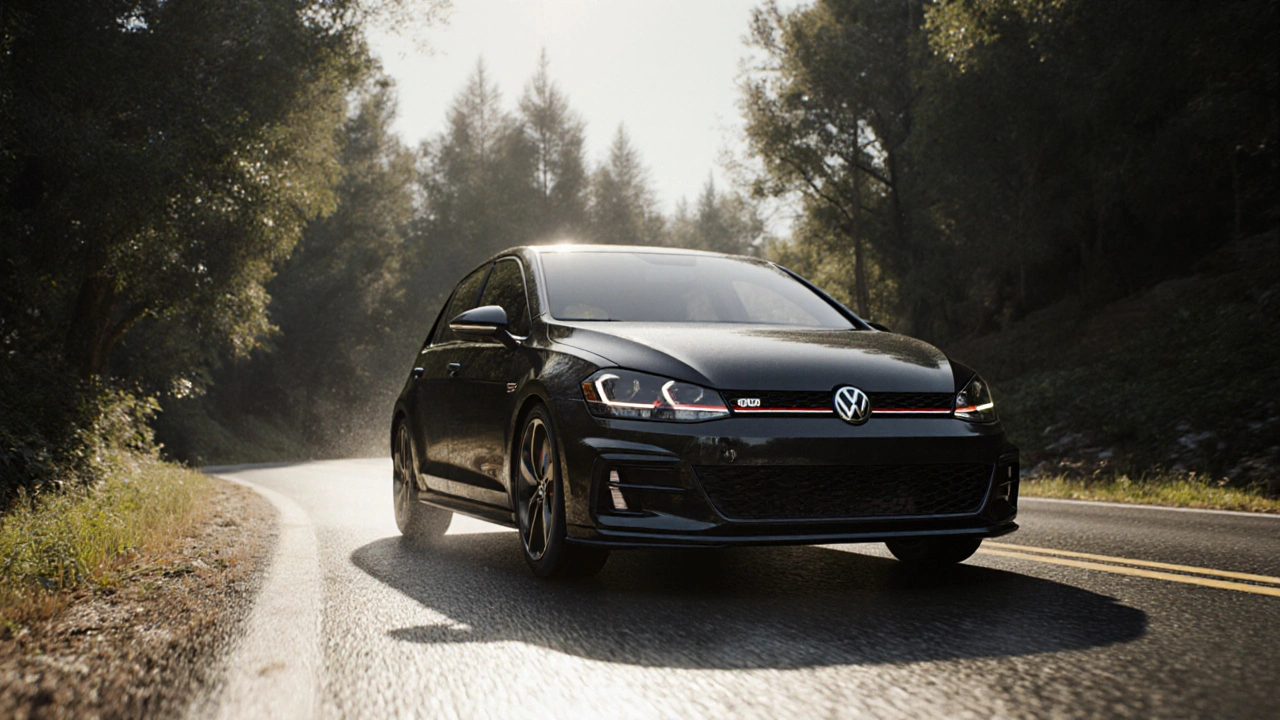When you hear strut braces, a metal bar that connects the front or rear suspension towers to reduce flex in the chassis. Also known as strut tower bars, they don’t add horsepower—but they make every bit of it feel more connected to the road. If you’ve ever felt your car wobble through a sharp turn or noticed the body leaning too much on a winding road, a strut brace might be the simplest fix you haven’t tried yet.
Strut braces work by tying together the top mounts of your shock absorbers, which are usually held in place by rubber bushings that allow some movement. Over time, those bushings wear, and the towers can shift slightly under load. That tiny flex adds up, making your steering feel vague and your tires lose grip sooner. A steel or aluminum brace locks those towers in place, reducing body roll and giving you sharper feedback. It’s not magic—it’s physics. And it’s especially useful in cars with softer suspensions, like many 2018 sedans and crossovers. Think of it like adding a crossbeam to a wobbly bookshelf: it doesn’t make the shelf taller, but it stops it from shaking when you reach for something.
Not all cars need them. High-performance models like the 2018 Honda Civic Type R or the 2018 Subaru WRX already have factory-braced chassis. But for a 2018 Toyota Camry, Hyundai Elantra, or Ford Fusion, a strut brace can make a noticeable difference in daily driving. You’ll feel it more on backroads than on highways, and you’ll notice it when you’re pushing the car harder than usual—like merging onto a highway or taking an exit at speed. Some drivers swear by them for track days. Others just want their car to feel more solid after years of wear and tear.
There are two main types: front and rear. Front strut braces are the most common and offer the biggest improvement in steering feel. Rear braces are rarer and usually found on performance-oriented models or aftermarket kits for rally-style setups. Materials matter too—aluminum is lighter and resists corrosion, while steel is cheaper and stiffer. Installation is usually DIY-friendly if you’ve ever changed your oil, but make sure the brace fits your exact model year and trim. A brace made for a 2018 Honda Accord won’t work on a 2018 Nissan Altima.
Strut braces don’t fix bad shocks, worn tires, or sagging springs. They’re a complement, not a cure. But if your car’s suspension is otherwise healthy, adding one is one of the cheapest ways to make your 2018 car feel like a newer, tighter version of itself. And unlike expensive engine mods, you can remove it anytime without affecting your warranty or resale value.
What you’ll find below are real-world posts that dig into how strut braces interact with other upgrades, which brands actually deliver results, and what to watch out for when buying one. Some cover how they stack up against sway bars or coilovers. Others show you how to test if your car even needs one. Whether you’re looking to sharpen your daily driver or just want to feel more confident behind the wheel, these articles give you the straight facts—no fluff, no hype, just what works.
Posted by
Liana Harrow
9 Comments

Strut braces and sway bars improve car handling by reducing body roll and increasing chassis rigidity. Learn how these bolt-on upgrades make corners feel sharper and driving more confident - without adding horsepower.
read more